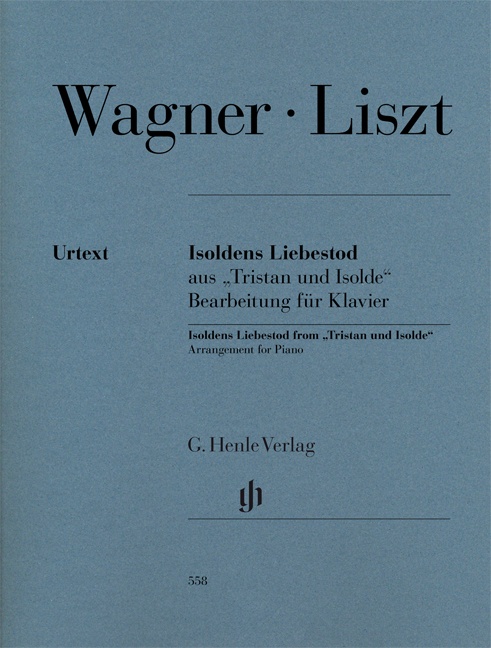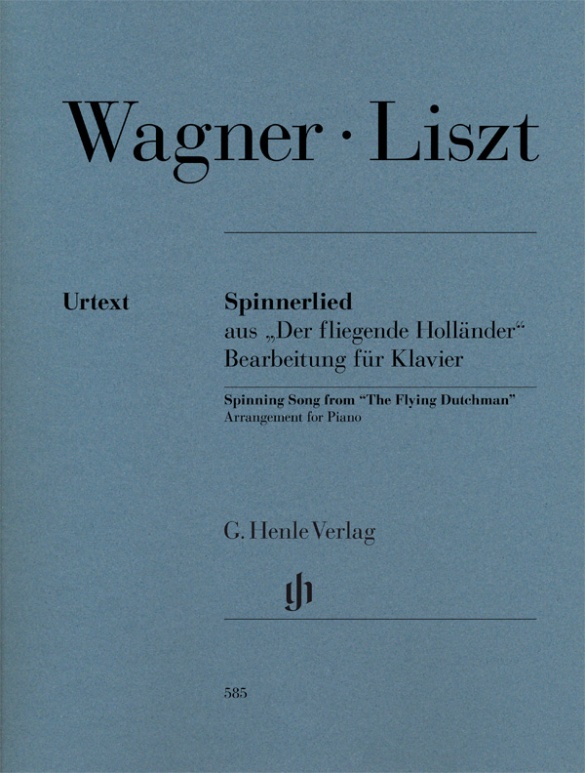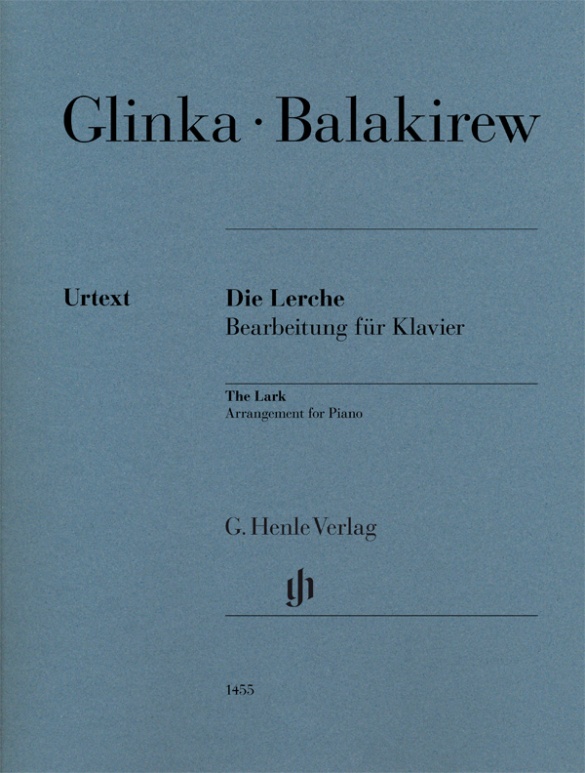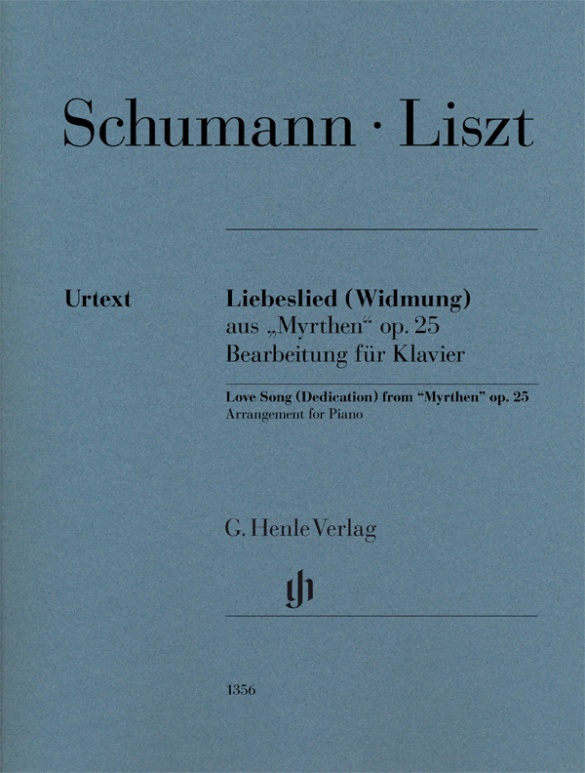

Franz Liszt
Isoldens Liebestod from “Tristan und Isolde” (Richard Wagner)
The epochal piano virtuoso Liszt made numerous transcriptions for his instrument of works by other composers – Wagner’s Tristan und Isolde, a key nineteenth century work, naturally numbered amongst them.
His congenial rendition of the famous closing scene (“Mild und leise, wie er lächelt”) for the piano is, incidentally, the source of the title that we are so familiar with today, “Isoldens Liebestod” (Isolde’s Love Death) – Wagner himself only spoke of Isolde’s “transfiguration”. We are now publishing Liszt’s sophisticated – but not impossibly difficult – piano setting in the finest Urtext quality, including the original fingerings by the master of the piano. The text of this final scene can be found in an appendix to our edition.
Content/Details
About the Authors

Dominik Rahmer (Editor)
Dr. Dominik Rahmer, born in 1971 in Mainz, studied musicology, philosophy and maths in Bonn. He did his Magister Artium in 1999 and his doctorate in 2006 with a thesis on the music criticism of Paul Dukas.
From 2001 to 2011 he was employed at Boosey & Hawkes/Bote & Bock in Berlin, where he also worked on the Critical Edition of the Works of Jacques Offenbach (OEK). Since 2011 he has been an editor at G. Henle Publishers in Munich, with a particular focus on French and Russian music and works for wind instruments.
Product Safety Informations (GPSR)

G. Henle Verlag
Here you can find the information about the manufacturer of the product.G. Henle Verlag e.K.
Forstenrieder Allee 122
81476 München
Germany
info@henle.de
www.henle.com
De uitgave is prachtig vormgegeven. Liszts 'Augenmusik' doet niet alleen wonderen in de concertzaal maar ook in druk!
Pianowereld, 2013recommendations
autogenerated_cross_selling
Further editions of this title
Further editions of this title





